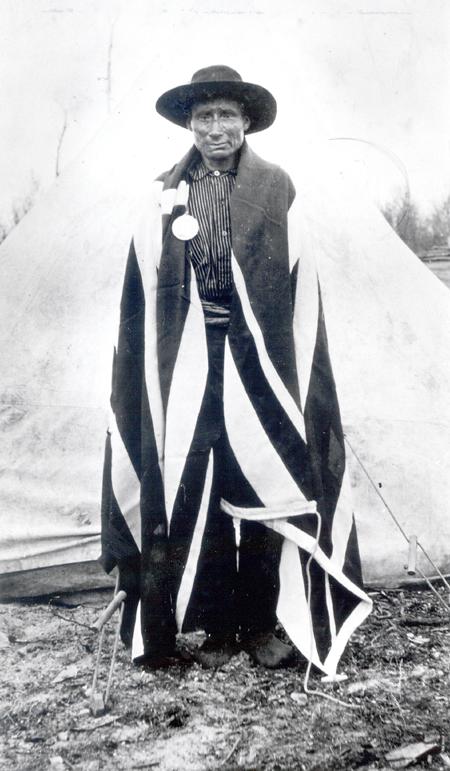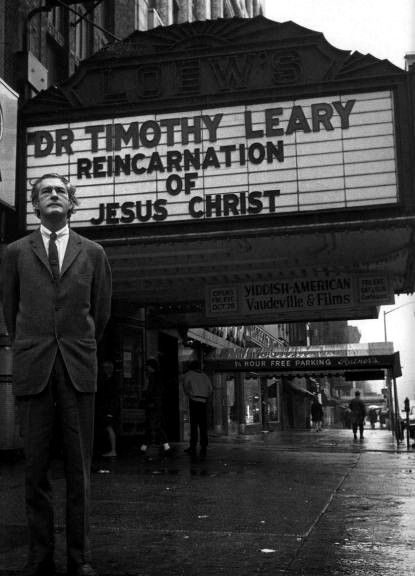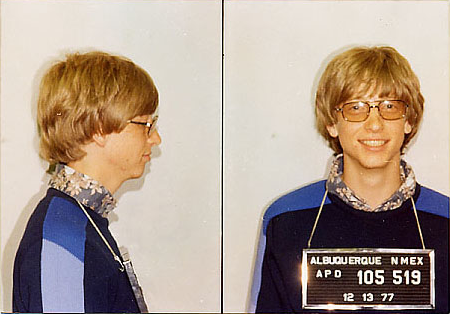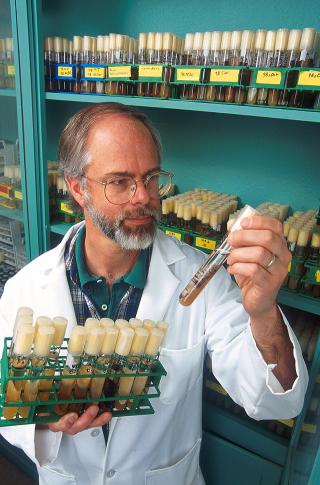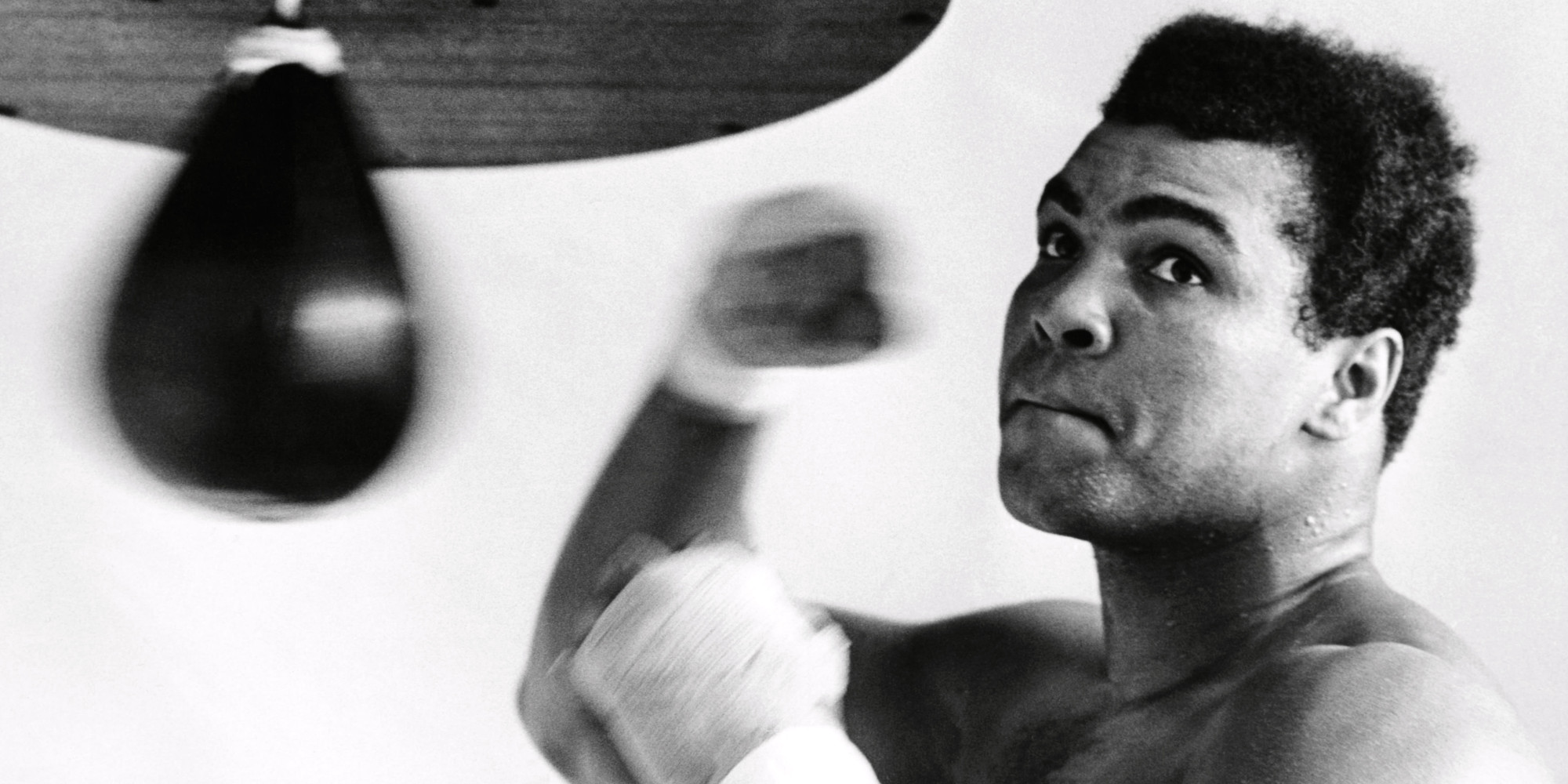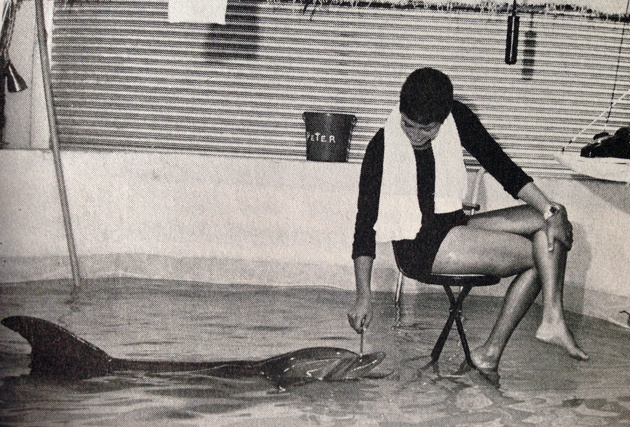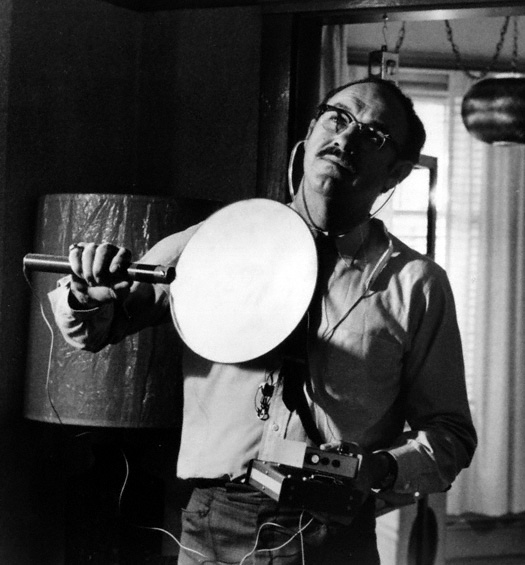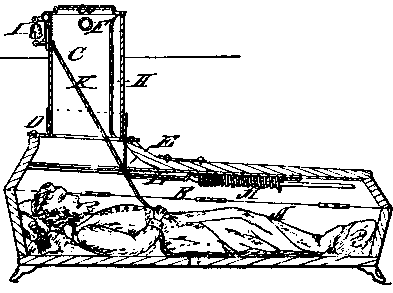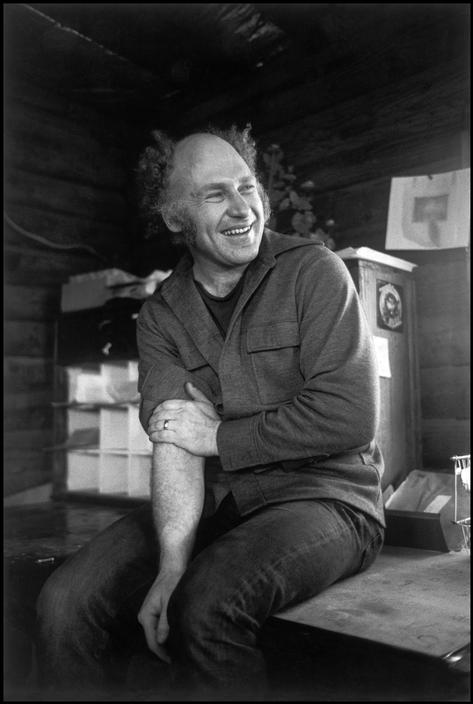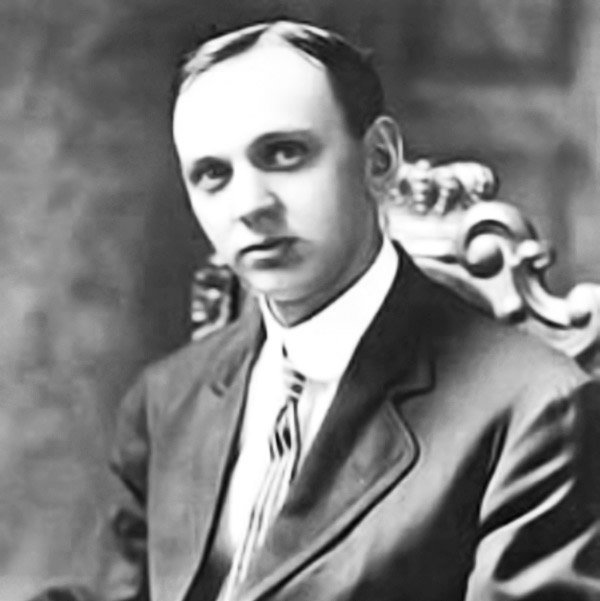
“They said he told wonderful truths while he was asleep.”
Edgar Cayce read widely and it served him well. Unschooled beyond ninth grade but an autodidact, the Kentucky man used medical knowledge he’d gleaned from books and psychic mumbo jumbo to convince some in the medical U.S. establishment a century ago that he possessed healing powers. In fact, he made it “safe” for those with no formal medical training to treat the sick, giving birth to holistic medicine in America. In an article in the October 9, 1910 New York Times, he was a young man being taken seriously as a medical savant. The opening:
“The medical fraternity of the country is taking a lively interest in the strange power said to be possessed by Edgar Cayce of Hopkinsville, Ky., to diagnose difficult diseases while in a semi-conscious state, though he has not the slightest knowledge of medicine when not in this condition.
During a visit to California last Summer Dr. W. H. Ketchum, who was attending a meeting of the National Society of Homeopathic Physicians had occasion to mention the young man’s case and I was invited to discuss it at a banquet attended by about thirty-five of the doctors of the Greek letter fraternity given at Pasadena.
Dr. Ketchum made a speech of considerable length, giving an explanation of the strange psychic powers manifested by Cayce during the last four years during which time he has been more or less under his observation. This talk created such widespread interest among the 700 doctors present that one of the leading Boston medical men who heard his speech invited Dr. Ketchum to prepare a paper as a part of the programme of the September meeting of the American Society of Clinical Research. Dr. Ketchum sent the paper, but did not go to Boston. The paper was read by Henry E. Harpower, M.D., of Chicago, a contributor to the Journal of the American Medical Association, published in Chicago. Its presentation created a sensation, and almost before Dr. Ketchum knew that the paper had been given to the press he was deluged with letters and telegrams inquiring about the strange case. …
Dr. Ketchum wishes it distinctly understood that his presentation is purely ethical, and that he attempts no explanation of what must be classed as a mysterious mental phenomena.
Dr. Ketchum is not the only physician who has had opportunity to observe the workings of Mr. Cayce’s subconscious mind. For nearly ten years and strange power has been known to local physicians of all the recognized schools. An explanation of the case is best understood from Dr. Ketchum’s description in his paper read in Boston a few days ago, which follows:
‘About four years ago I made the acquaintance of a young man 28 years old, who had the reputation of being a ‘freak.’ They said he told wonderful truths while he was asleep. I, being interested, immediately began to investigate, and as I was ‘from Missouri,’ I had to be shown.
‘And truly, when it comes to anything psychical, every layman is a disbeliever from the start, and most of our chosen professions will not accept anything of a psychic nature, hypnotism, mesmerism, or what not, unless vouched for by some M.D. away up in the professions and one whose orthodox standing is questioned.
‘By suggestion he becomes unconscious to pain of any sort, and, strange to say, his best work is done when he is seemingly ‘dead to the world.’
‘My subject simply lies down and folds his arms, and by auto-suggestion goes to sleep. While in this sleep, which to all intents and purposes is a natural sleep, his objective mind is completely inactive and only his subjective is working.
‘I next give him the name of my subject and the exact location of the same, and in a few minutes he begins to talk as clearly and distinctly as any one. He usually goes into minute detail in diagnosing a case, and especially if it is a very serious case.
His language is usually of the best, and his psychologic terms and description of the nervous anatomy would do credit to any professor of nervous anatomy, and there is no faltering in his speech and all his statements are clear and concise. He handles the most complex ‘jaw breakers’ with as much ease as any Boston physician, which to me is quite wonderful, in view of the fact that while in his normal state he is an illiterate man, especially along the line of medicine, surgery, or pharmacy, of which he knows nothing.'”



